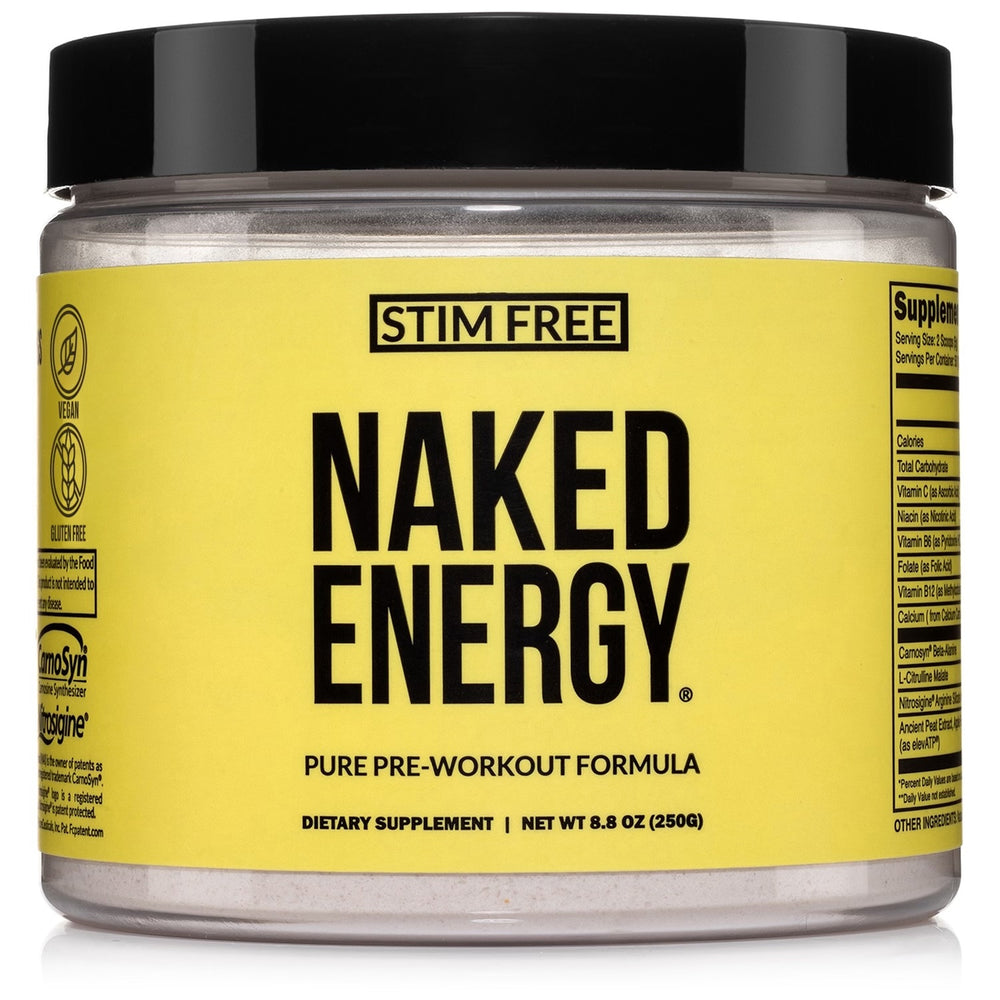Supplements
When to Take Zinc: Morning or Night?
Who This Guide Is For: Zinc supplement users confused about optimal timing for maximum absorption and benefits Health-conscious individuals wanting to maximize their supplement effectiveness Athletes and fitness enthusiasts optimizing...
Read moreThe Complete Guide to Using Collagen Peptides: Benefits, Types & Daily Tips
Ever wondered why collagen peptides have become a staple in wellness routines? These versatile supplements offer numerous benefits for your skin, joints, and overall health. As collagen production naturally decreases...
Read moreVitamin D3 vs D2: Which One Should You Take?
Quick Answer – Is D3 Better Than D2? Vitamin D3 is generally more effective at increasing vitamin D levels in the body compared to vitamin D2. Vitamin D3 increases serum...
Read moreWhen Is the Best Time to Take Vitamin D?
The best time to take vitamin D is at any time you can take it consistently, preferably with a meal that includes a good source of healthy fats for optimal...
Read moreWhat Blocks Zinc Absorption? A Science-Backed Guide to Common Inhibitors and Fixes
Why Zinc Absorption Matters Zinc is a micronutrient that supports nearly every body system. It plays a crucial role in immune function, hormone regulation, wound healing, and maintaining healthy skin,...
Read moreIs Your Zinc Supplement Absorbed Well? A Science-Backed Guide to Bioavailability
Zinc is one of the most important nutrients for the human body. But simply ensuring you get enough zinc in your diet does not mean you’re actually absorbing it. This...
Read moreCan You Take Creatine on an Empty Stomach?
If you work out first thing in the morning, you may want to take creatine on an empty stomach. There is nothing wrong with taking creatine on an empty stomach,...
Read moreColostrum Benefits for Adults: What the Science Really Says
Colostrum has gained a lot of traction in the health and wellness industry recently. If you haven't heard of colostrum before, it is the first form of milk, and it...
Read moreIs Colostrum Good for You? Benefits, Science & Safety
Colostrum is the first form of milk produced by mammals, including humans and cows, in the first few days after giving birth. It’s a thick, yellowish substance rich in nutrients,...
Read moreIs Creatine Safe for Teens? What the Science Says About Adolescent Supplementation
Many parents and teen athletes wonder whether creatine supplementation is safe for developing bodies. The direct answer: Short-term creatine use appears safe for healthy teens, but major medical societies recommend...
Read moreWhat is Grass-Fed Collagen? Benefits, Sources and How It Boosts Your Health
Ever wondered why some collagen supplements claim to be "grass-fed"? If you're navigating the world of collagen supplements, you've likely come across this term and questioned its significance for your...
Read moreHow Does Vitamin C Boost Collagen Production?
Collagen is the most abundant protein in the human body. It plays a vital role in maintaining the structure and function of skin, bones, joints, and connective tissue. As people...
Read more
















